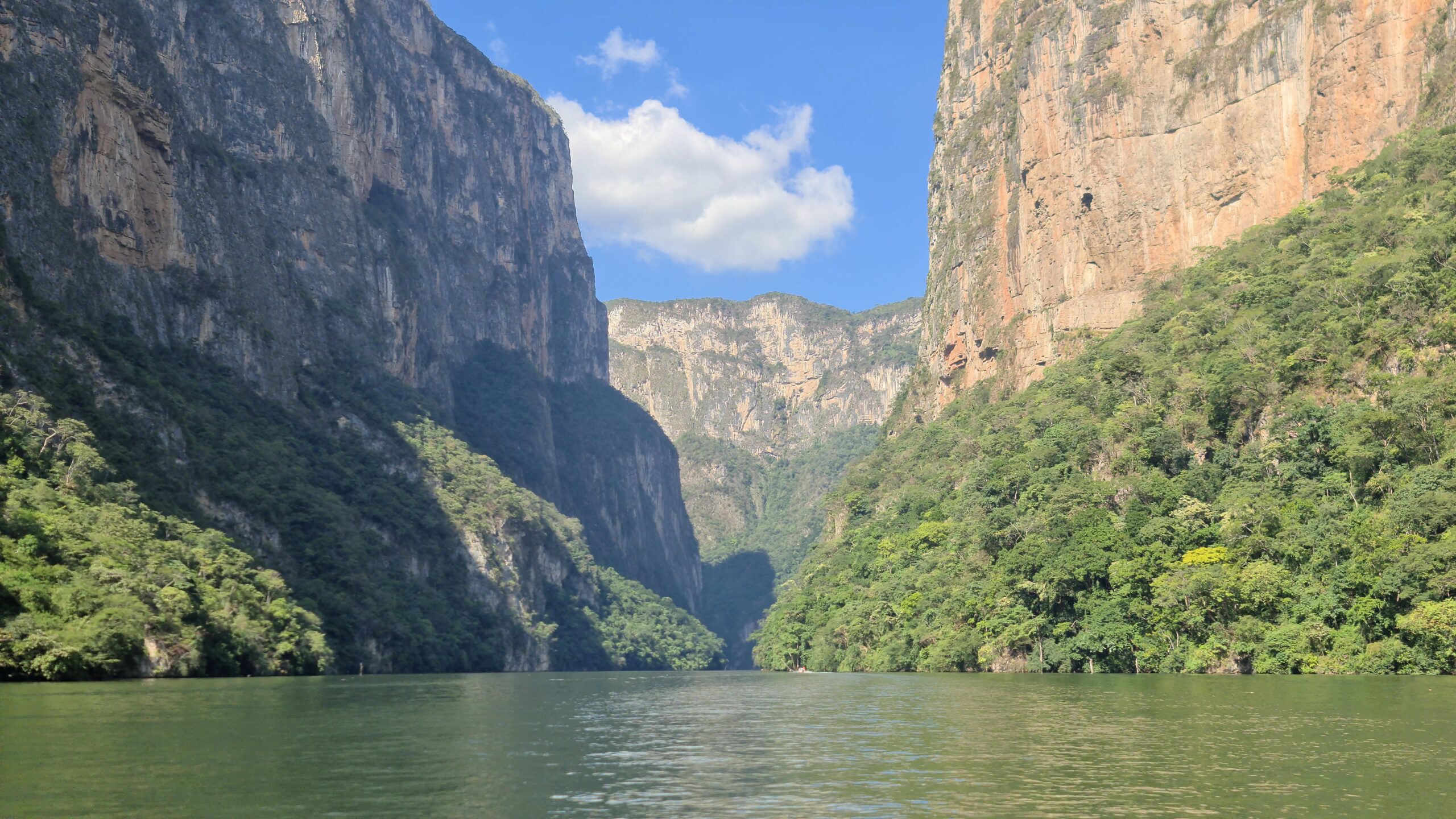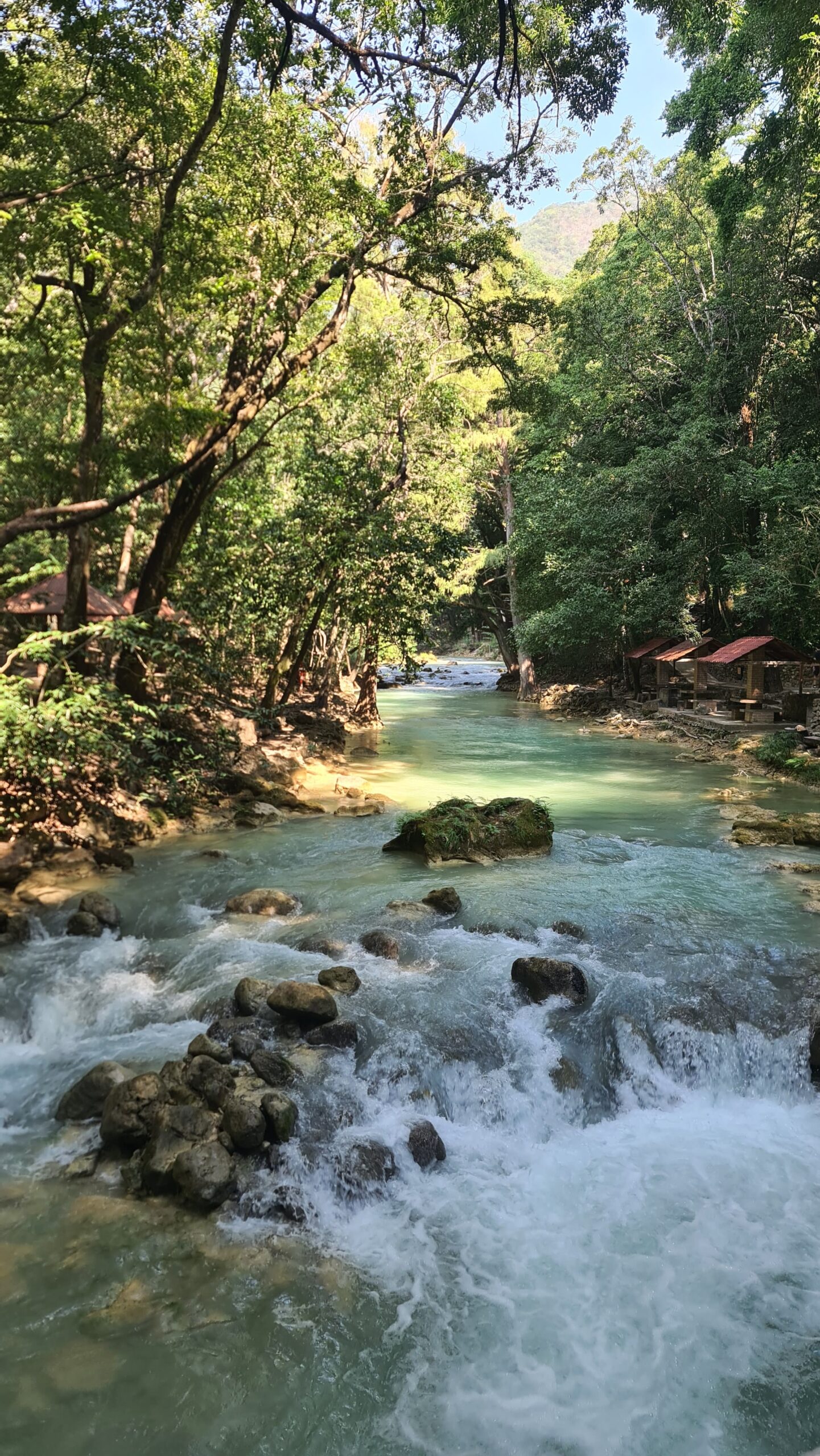What is Slow Travel: the benefits of Mindful and Sustainable Tourism
Are you tired of rushing from one tourist attraction to another, feeling like you’re missing out on the true essence of a place? Are you looking for a way that not only benefits you but also the planet and local communities? Then, you might be interested in discovering what is slow travel. This mindful and sustainable approach to tourism emphasizes quality over quantity. Thanks to it, you take the time to truly immerse yourself in your destination’s culture and natural surroundings. Like you slow down, you can also connect better and deeper with the local community, support local eco-friendly initiatives, and reduce your environmental impact. Slow travel has many benefits and can really transform the way you experience the world. So pack your bags, leave your hurried mindset behind, and join me to find out what is slow travel!
In this blog post:
What is Slow Travel?
Slow travel encourages travelers to take their time and immerse themselves in the local culture. Rather than simply ticking off a list of tourist attractions, it allows the visitors to embrace a slower pace, explore off-the-beaten-path destinations, and connect with locals. Slow travel is all about quality over quantity and leaving behind a smaller carbon footprint.
One of the key principles of this travel trend is mindfulness. Travelers can connect more deeply with their surroundings by slowing down to truly experience a place. This way, they can cultivate a better sense of awareness and appreciation. Slow travel also emphasizes sustainability. While you visit a new place, you could support eco-friendly tourism initiatives and make better choices for the environment.
Slow traveling can take many forms, from cycling through the English countryside to taking a home city break. The key is to embrace a more relaxed pace and be open to new experiences.

What is slow travel: The Benefits
Slow travel is beneficial both for the traveler and for the environment. Let’s make a short and non-exhaustive list of the benefits:
- Enjoy the small things and moments. As you have time to explore your destination, you can enjoy your coffee on the terrace of your Airbnb, the light on the buildings during the sunset, the sounds of the jungle…
- You save money. You have time to cook your own meal or spend a lot of time on the bus, instead of eating outside daily or flying from one city to another. As a matter of fact, you save money.
- You reduce your stress level. Slow traveling, you just need to listen to your body and mind. There is no checklist to cross. You do whatever you want, whenever you want to. Plus, you don’t have to go to mass tourism sites and deal with huge crowds.
- You support the local economy. You have plenty of time to explore the area where you are and find out about small local shops, family restaurants, or local craft people. It is a great opportunity to buy from them more than from bigger companies.
- You reduce your carbon footprint. As you stay longer in the same place, you need to travel less, so you drastically reduce your environmental impact. Also, you can consume local products easily or choose accommodations that are better for the environment.
Mindful Tourism—Why it Matters
Mindful tourism is all about being present at the moment. You can pay attention to all the small details that make life a full experience. The sound, the light, the colors, the textures, the small talk, the smiles… It is a great way to feel more gratitude and joy. Being more present is a fantastic way to connect more deeply with their surroundings.
Sustainable Tourism—Why it Matters
Sustainable tourism is all about making better choices for the environment and the local community. This way, travelers can help to reduce their environmental impact and ensure that the local culture and environment are preserved for future generations. It also encourages visitors to support local businesses and be sure their money is reinvested in the area.
How Slow Travel Can Help Promote Sustainable and Mindful Tourism?
Slow travel is a natural fit for promoting a sustainable and mindful way of traveling. By embracing a slower pace and truly experiencing a place, tourists can’t be more present at any stage of their trip. This way, they are also in the right place of mind to take the best decisions for the planet and the local populations.
Tips for Planning a Slow Travel Trip
If you’re interested in planning a slow travel trip, there are a few things to keep in mind.
- You need to slow down and dedicate more hours or days to the activities you would usually do. It is the same for the duration of your stay: if you think you will need 3 days to visit Barcelona, plan 10 days.
- Try the most as possible to skip the popular destinations and looks for off-the-beaten-path place.
- Choose locally owned and eco-friendly accommodations. Avoid Airbnbs won by big owners and hotel chains company.
- Be mindful of your impact on the environment and the local community, and make better choices for both.
- Don’t go too harsh on yourself. Slow traveling is not easy. Your old habits can come back, or you just will crave a Starbucks coffee because it reminds you of home when you are having a rough time traveling. It is fine. The important is to do slow travel the best you can, not to do it perfectly.
Slow Travel Accommodations—Eco-Responsible Options
When it comes to slow travel accommodations, there are many options available. You can, for instance, choose:
- Eco-lodges: These accommodations are designed to have a minimal impact on the environment, using sustainable materials and renewable energy sources.
- Homestays: Staying with a local family is a great way to experience the local culture and support the local community.
- Glamping: This luxurious form of camping allows travelers to experience the great outdoors without sacrificing comfort.
Slow Travel Activities—Connecting with Locals and Culture
Connecting with locals is certainly one of the best perks of slow traveling. If you don’t know where to start, here are some ideas:
- Taking a cooking class with a local chef.
- Joining a cleaning beach day.
- Visiting a local market or a pop-up store
- Participating in a religious ceremony or traditional ritual
Why Slow Travel is the Future of Tourism?
Local communities suffer from mass tourism because of gentrification or poor access to resources. The planet is also suffering from tourism, which represents 5 % of the worldwide greenhouse gas emission. If we want to continue traveling and enjoying the beauty of Earth, we need to change the way we travel. Slow travel is the best opportunity for that. So the next time you’re planning a trip, consider embracing slow travel!
If you want other travelers to find out what is slow travel and have an opportunity to expe





